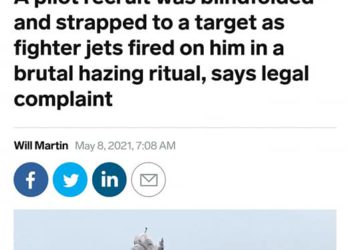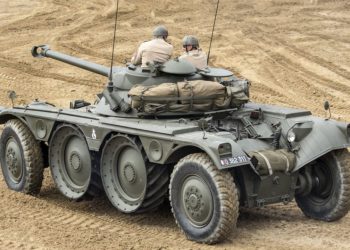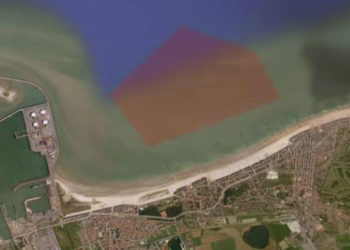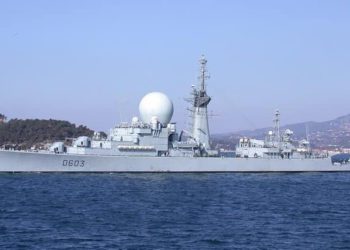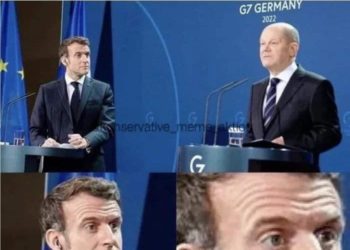Napoleon’s Cavalry: Shock Troops!
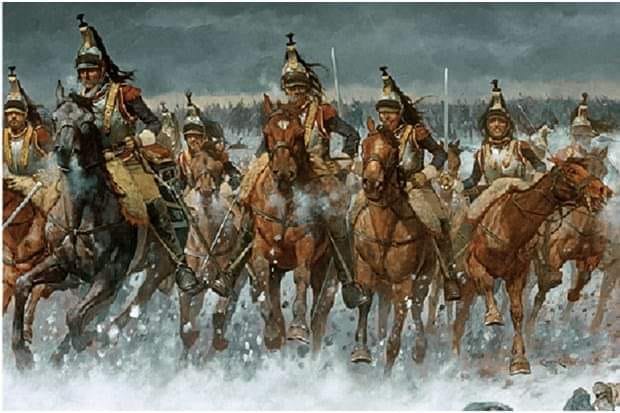
The Prelude to Battle
On the 7th of February 1807, Napoleon’s army faced off against the Prussians and Russians in Eylau. Neither side wanted to fight a full-on engagement: The weather was totally unsuitable for battle as snow storms obscured the battlefield. But as enemy patrols stumbled upon one another in and around Eylau and as reinforcements were sent by both sides, things escalated until the two whole armies ended up fighting one another. Fight they did, bringing themselves to a bloody standstill after the first day of the battle.
For the first time, Napoleon had failed to win a decisive battle.
The following day, the Russians and Prussians had the advantage and quickly put pressure on the French left flank. Meanwhile, in the center, a French corps (VII) supported by a division started to advance but got separated in the blizzard. The division, isolated, was unable to push forward and make a contribution to the battle, while the French VII Corps veered off course and stumbled upon a Prussian artillery battery (Sacken’s) numbering 70 cannons. The Prussians opened fire on the French at point blank range with devastating results before a Russian counterattack near-enough shattered the French center.
Napoleon’s Decisive Move
Napoleon, recognizing that defeat was a very real possibility, decided to use all of his cavalry in an unconventional role: At the time, cavalry was usually used for reconnaissance, screening duty (protection of the flanks), or to exploit a breach in the enemy lines. Napoleon, however, wasn’t shy about using his cavalry as shock troops. As his center was hanging on by a thread, Napoleon had his elite Cavalry of the Imperial Guard and his Reserve Cavalry assemble: 13,000 sabres in total (10,700 Reserve and 2,300 Imperial Guards). He then unleashed the largest cavalry charge of the Napoleonic era: 13,000 French Cuirassiers and Dragoons charged across the battlefield, crashing through Russian columns.
The impact was devastating: Russian soldiers saw the French cavalry too late due to the poor weather and had no time to form up in lines or squares. Their columns were simply cut down. The French cavalry pushed into the Russian rear and stumbled upon Russian reserves. Those men had seen what happened to the frontline units and had formed up in squares. The sheer force and momentum of 10,000 plus horsemen simply carried the attack through the squares, leveling men like wheat in the wind.
The Aftermath of the Charge
The French cavalry was now behind Russian lines, having charged across 2,500 yards of the battlefield. The Russians were trying to reform their lines behind them. The French Cuirassiers and Dragoons reformed and charged again, this time toward their own lines, breaching Russian lines for the second consecutive time.
Just as the French center was about to give way, Napoleon had unleashed a gigantic cavalry charge on his enemy’s own center. Said charge wreaked havoc, breaching the Russian center and panicking Russian commanders. Meanwhile, the French infantry recovered, reorganized, and moved forward. Both sides were exhausted after 14 hours of fighting, but the Russians’ morale had suffered more; they decided to withdraw.
The French won at Eylau, but the cost of victory was high: An estimated 20,000 French soldiers were dead or wounded, including 1,500 highly trained cavalrymen. The combined Russian-Prussian force lost around 36,000 men. Hostilities carried on until the 14th of June and the Battle of Friedland, where the French decisively defeated Russia and Prussia, ending the Fourth Coalition.
– RBM.


